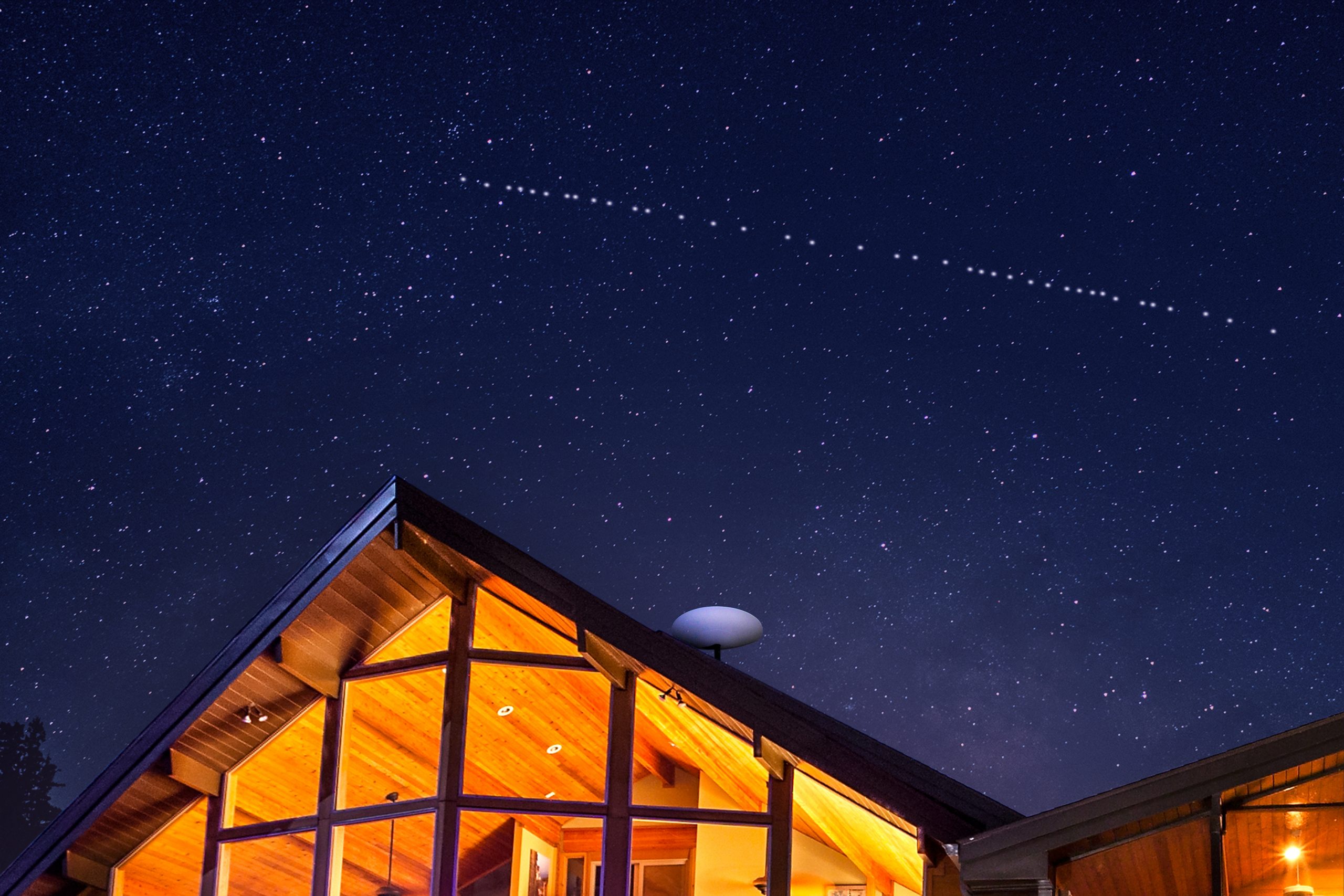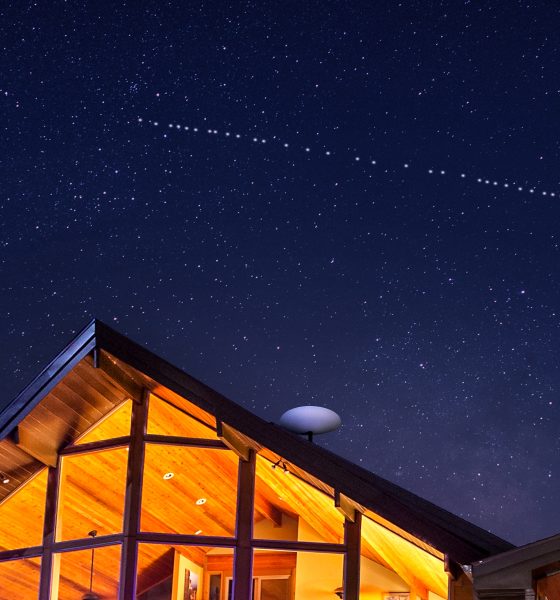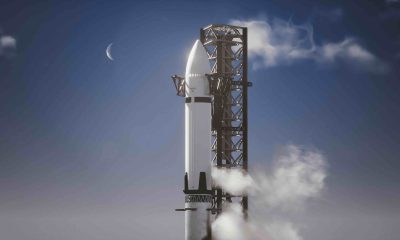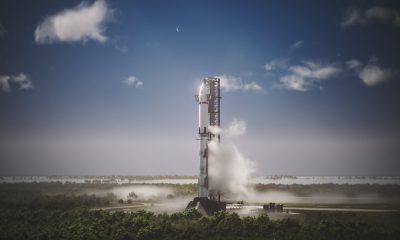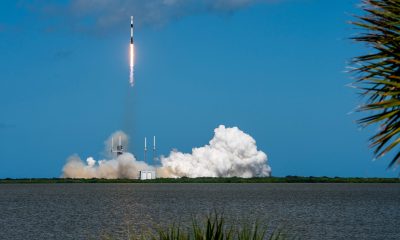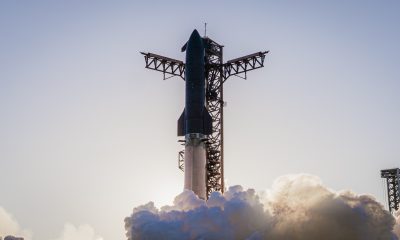On Tuesday, the US Federal Communications Commission (FCC) stated that it is approving SpaceX’s plan to deploy Starlink satellites in a lower earth orbit. The FCC’s decision is a big win for SpaceX, considering that the proposal was met with strong opposition from potential competitors like Amazon and its Project Kuiper constellation.
SpaceX filed its proposal to the FCC a year ago. The proposal requested that after Starlink’s first 1,584 satellites in orbit, it would change the next 2,814 satellites’ altitude to under 570 km. This was notably lower than SpaceX’s previous plan of keeping the Starlink satellites above 1,100 km. The FCC’s decision then comes at an opportune time for SpaceX as there are nearly 1,400 Starlink satellites in orbit. Without the FCC’s approval, SpaceX would likely have had to halt Starlink’s rapid launches.
SpaceX’s proposal was received negatively by its competitors in the satellite internet segment. Amazon, which is planning its own internet constellation called Project Kuiper, argued that the lower Starlink satellites would cause interference with other satellite networks. Arguments were also brought forward alleging that SpaceX’s plans were too significant for the FCC to treat the private space firm’s proposal as a simple modification.
SpaceX and Amazon’s dispute over Starlink’s proposed modification came into public view in January, when CEO Elon Musk noted that the e-commerce giant’s Project Kuiper was still “at best several years away from operation. Musk is quite accurate in his comments considering that Amazon is yet to announce when its first Project Kuiper satellites would launch.
In its decision, the FCC addressed some of the concerns brought forward by SpaceX’s competitors. The FCC stated, for example, that the Elon Musk-led space firm has agreed to accept interference from Amazon’s Kuiper system “where operating SpaceX’s satellites at lower altitudes will potentially make SpaceX more susceptible to interference.”
“We conclude that grant of the SpaceX Third Modification Application will serve the public interest. Our action will allow SpaceX to implement safety-focused changes to the deployment of its satellite constellation to deliver broadband service throughout the United States, including to those who live in areas underserved or unserved by terrestrial systems,” the FCC wrote.
Perhaps even more importantly, the FCC denied claims that Starlink’s satellites would result in signal interference. “We further conclude that this modification does not create significant interference problems that would warrant treatment of SpaceX’s system as if it were filed in a later processing round,” the FCC noted.
The FCC’s decision on SpaceX’s Starlink proposal could be viewed below.
FCC-21-48A1 by Simon Alvarez on Scribd
Don’t hesitate to contact us for news tips. Just send a message to tips@teslarati.com to give us a heads up.
Investor's Corner
Tesla VP for AI software makes a case for upcoming Elon Musk shareholder vote
Elluswamy reiterated the idea that Tesla is indeed at a critical point in its history.

Tesla’s Director of Autopilot Software and VP of AI Software Ashok Elluswamy has shared his thoughts about CEO Elon Musk’s 2025 performance award. While the executive typically discusses topics related to the company’s tech and AI initiaives, Elluswamy made it a point to make a case for Musk’s proposed pay package.
Tesla’s VP for AI Software shares his insights
In a post on X, Elluswamy reiterated the idea that Tesla is indeed at a critical point in its history. This is because the company is changing from a leader in electric vehicles and a major player in the energy storage market to a powerhouse pioneer in robotics that are powered by real-world AI. As per the executive, Elon Musk’s leadership of Tesla is more relevant now more than ever. He also reported an X article he previously wrote about Elon Musk and Tesla.
“This note regarding the importance of Elon leading Tesla is more relevant now than ever. Tesla is at a critical juncture, as it is metamorphosing into the world leader in robotics. Creating large-scale, useful robots requires expertise across engineering design, manufacturing, real-world AI software, chips for AI, and more. Elon is, quite likely, the only person on Earth with deep skills and the right instincts across all these domains,” Elluswamy stated.
A push to support Musk’s 2025 performance award
In recent weeks, Tesla executives such as Board Chair Robyn Denholm have been encouraging TSLA shareholders to vote in favor of Elon Musk’s 2025 performance award, as well as other proposals that the company’s directors have argued are critical to the future of the company. These proposals, Tesla executives noted, are necessary to ensure that the company can achieve the ambitious targets of Elon Musk’s Master Plan Part IV.
Elon Musk’s pay package, as well as the company’s proposals, would be decided at the upcoming 2025 Annual Shareholders Meeting, which would be held at Giga Texas on November 6, 2025. Needless to say, Tesla’s future might very well be decided during the event.
Elon Musk
Tesla Cybercab steering wheel dilemma gets final answer from Elon Musk
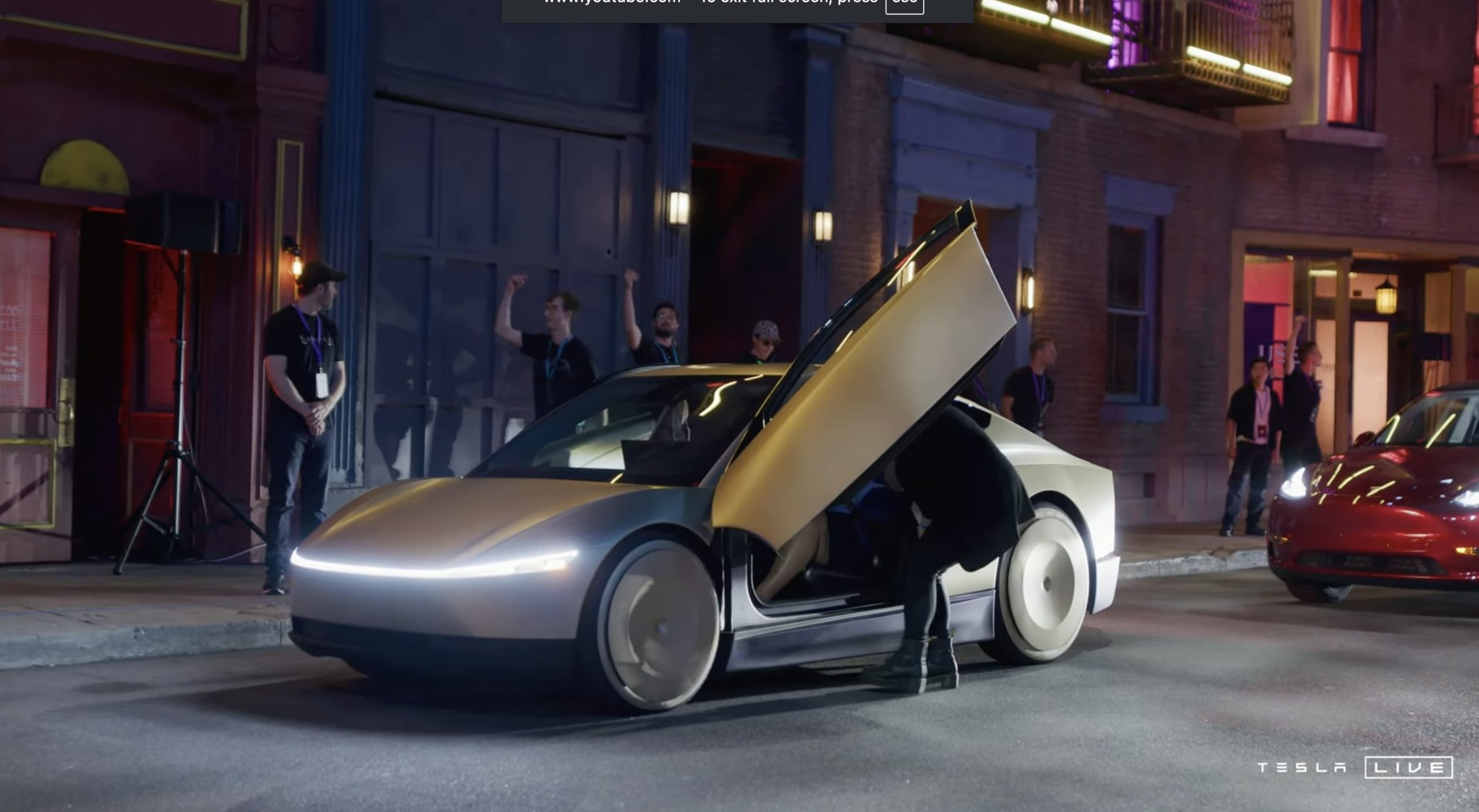
Tesla Cybercab is the company’s autonomy-geared automobile that will eventually begin the phase-out of human drivers. In recent days, however, there has been speculation regarding the vehicle’s equipment and whether it would be fitted with a typical steering wheel and pedals.
CEO Elon Musk put an end to this discussion, at least for now, as he maintains the vehicle will not have anything that would remotely resemble any possibility of any sort of manual operation.
The problem is, there is a flaw in his logic, and his justification for the reasoning is an opinion. But Musk has a special ability; he has the final say on what goes on at Tesla, and if he does or doesn’t want manual controls in the new vehicle, he’ll get his way.
On the All In Podcast on Friday, Musk gave his final answer to whether the Cybercab would have a steering wheel or pedals by stating it would not when the production units start rolling off lines in Q2 2026.
He provided a further explanation:
“The reality is, people may think they want to drive their car, but the reality is that they don’t. How many times have you been in an Uber or Lyft and said ‘I wish I could take over for the driver, get off my phone, and drive to my destination? 0.0 times.”
🚨 Elon Musk says Tesla will NOT put a steering wheel in the Cybercab (via All In Podcast):
“The reality is, people may think they want to drive their car, but the reality is that they don’t. How many times have you been in an Uber or Lyft and said ‘I wish I could take over for… pic.twitter.com/SGu3to5anA
— TESLARATI (@Teslarati) October 31, 2025
Although the units that have been spotted on public roads in recent days are equipped with a steering wheel and pedals, it is because Tesla is testing the vehicle in real-world situations, and manual controls are required for it.
Tesla Cybercab spotted testing on public roads for the first time
Some Tesla fans in the community have said that the car seems more geared toward being suitable for manual operation as opposed to a fully autonomous vehicle primed for driverless ride-hailing.
Earlier this week, Tesla Board Chair Robyn Denholm said that if the company had to put a steering wheel or pedals into the Cybercab, it would.
News
SpaceX sets the record straight on Jim Bridenstine and Artemis 3
SpaceX argued that Bridenstine’s comments should be taken with a grain of salt as he is working as a paid lobbyist for companies that are competing for NASA contracts.
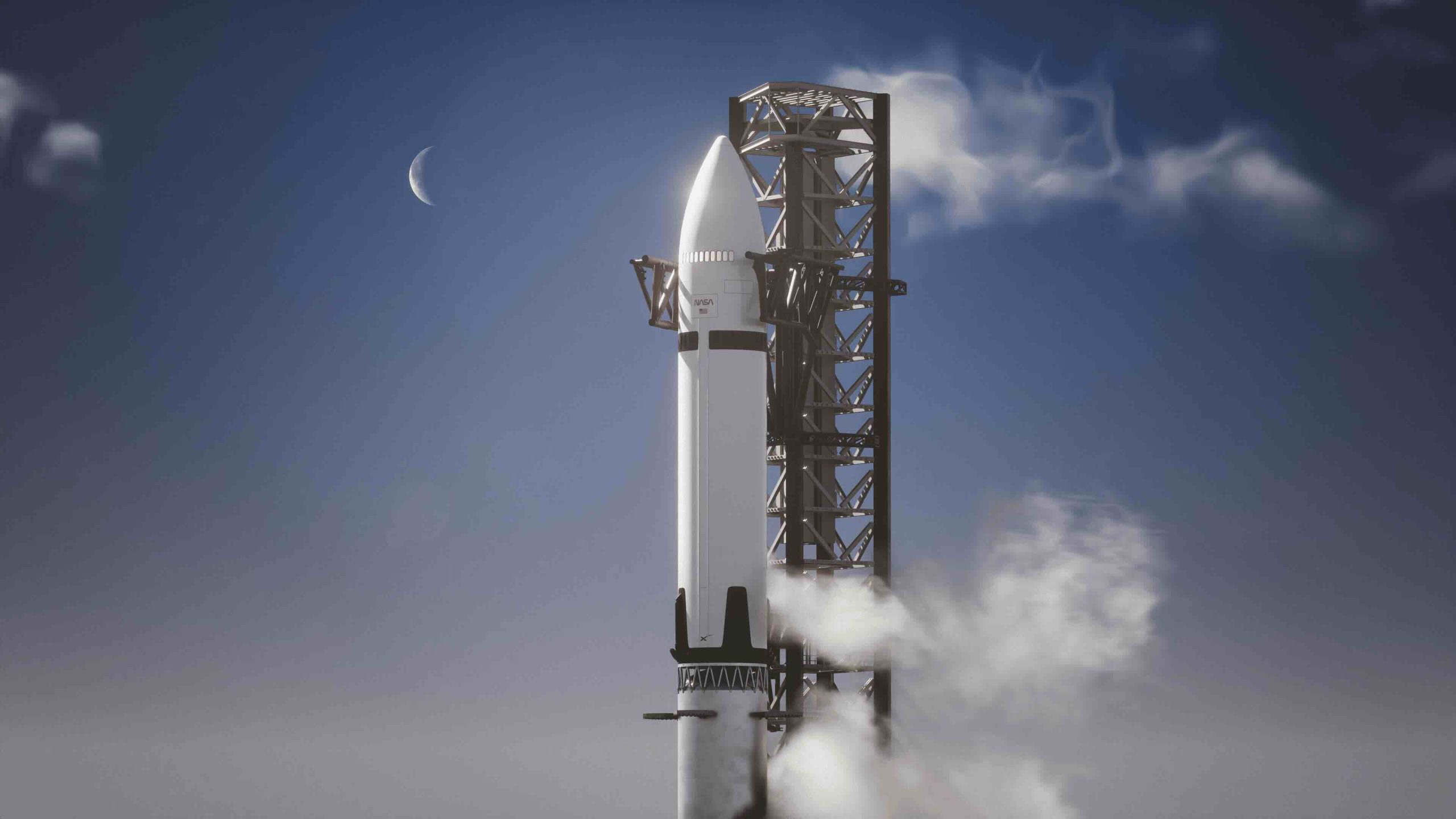
SpaceX pushed back firmly against former NASA administrator Jim Bridenstine after he questioned the agency’s reliance on Starship for the Artemis 3 Moon mission.
In a detailed thread on X, SpaceX argued that Bridenstine’s comments should be taken with a grain of salt as he is working as a paid lobbyist for companies that are competing for NASA contracts.
Bridenstine’s comments on Starship and Artemis 3
Bridenstine and fellow former NASA chief Charlie Bolden noted during a recent symposium that NASA’s current Artemis strategy is approaching zero chance of beating China to the Moon. Bridenstine expressed skepticism that NASA’s current architecture, which is expected to use Starship to transport astronauts to and from the lunar surface, could succeed in time.
“Starship is a tremendously important vehicle for the future,” Bridenstine said, as per Space News. “It’s going to deliver large mass to low Earth orbit for a long time, and it’s going to drive down costs and increase access. But if you need a moon lander, it’s going to take time.”
SpaceX responds to the former NASA administrator’s comments
In a series of posts on X, SpaceX noted that while the company is very thankful to the former NASA administrator for helping create the Artemis Program, his comments about Starship might not necessarily be coming from a place of objectivity.
SpaceX’s comments are as follows: “Like many Americans, we are thankful for Mr. Bridenstine’s service leading NASA at one point. He deserves credit for spearheading the creation of the Artemis Program. After departing NASA, he created a lobbying firm called the Artemis Group, representing a host of aerospace companies vying for NASA business.
“Mr. Bridenstine’s current campaign against Starship is either misguided or intentionally misleading. SpaceX was selected to design and develop a Human Landing System for Artemis along with Blue Origin and Dynetics during Mr. Bridenstine’s tenure as NASA Administrator.
“Starship was then selected by NASA for the Artemis III mission through fair and open competition after being identified as the best and lowest risk technical option – and the lowest price by a wide margin – by the civil servant team appointed to lead the agency’s exploration mission by Mr. Bridenstine himself.
“The decision to select Starship was confirmed repeatedly following protest and litigation from the companies not selected which delayed the start of work on the contract for many months. Mr. Bridenstine’s recent musings promoting a new landing system – going so far as to invoke the Defense Production Act – are being misreported as though they were the unbiased thoughts of a former NASA Administrator. They are not.
“To be clear, he is a paid lobbyist. He is representing his clients’ interests, and his comments should be seen for what they are – a paid lobbyist’s effort to secure billions more in government funding for his clients who are already years late and billions of dollars overbudget,” SpaceX wrote.
-
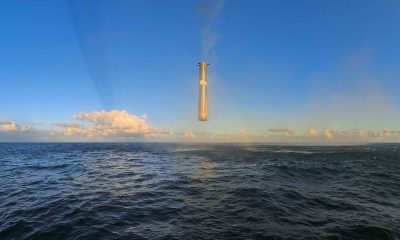
 Elon Musk2 weeks ago
Elon Musk2 weeks agoSpaceX posts Starship booster feat that’s so nutty, it doesn’t even look real
-

 Elon Musk2 weeks ago
Elon Musk2 weeks agoTesla Full Self-Driving gets an offer to be insured for ‘almost free’
-
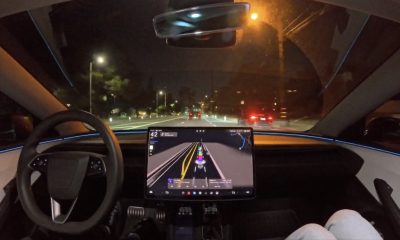
 News2 weeks ago
News2 weeks agoElon Musk confirms Tesla FSD V14.2 will see widespread rollout
-
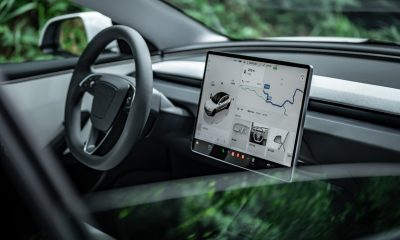
 News2 weeks ago
News2 weeks agoTesla is adding an interesting feature to its centerscreen in a coming update
-
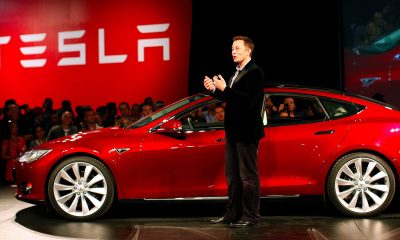
 Elon Musk2 weeks ago
Elon Musk2 weeks agoTesla CEO Elon Musk’s $1 trillion pay package hits first adversity from proxy firm
-

 News2 weeks ago
News2 weeks agoTesla might be doing away with a long-included feature with its vehicles
-
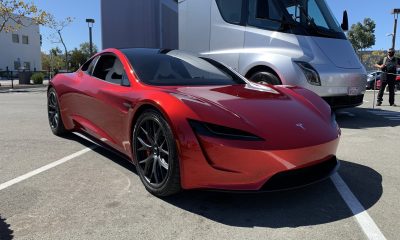
 News2 weeks ago
News2 weeks agoTesla updates fans on its plans for the Roadster
-
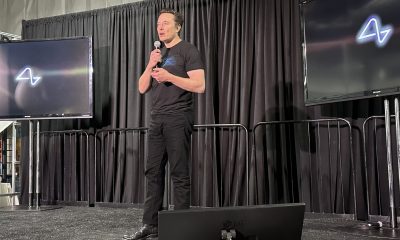
 Elon Musk2 weeks ago
Elon Musk2 weeks agoAfter moving Tesla to Texas, Elon Musk is back in the Bay Area with Neuralink expansion

